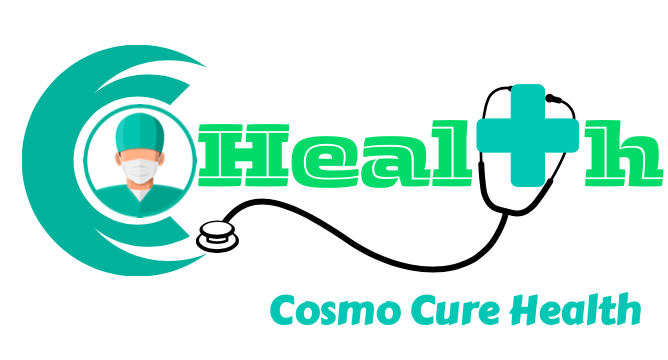Hymenoplasty Surgery
What is Hymenoplasty ?
Hymenoplasty surgery is a reconstructive procedure designed to restore the hymen, a thin membrane at the vaginal opening. This procedure is often sought for cultural, personal, or medical reasons, including cases of accidental hymenal rupture due to physical activity or trauma. The surgery is minimally invasive and involves suturing the remnants of the hymen or creating a new membrane using vaginal tissue. Recovery is generally quick, with minimal discomfort, allowing patients to resume normal activities within a few days. Hymenoplasty provides a solution for those seeking to restore the hymen’s appearance with natural-looking results.
Financials

Cost Estimate

₹ Xxx, xx

Consultation Free

Transportation Free

Insurance

All Insurances Accepted

Hassle-free Approval

Complete Paperwork Assistance

EMI

Zero Cost EMI

Pay in Installments

Easy Approval
Why Consider Hymenoplasty?
Diagnosis of Hymenoplasty
Before undergoing hymenoplasty, a thorough medical evaluation is conducted to assess the patient’s overall health and suitability for the procedure. The doctor will review the patient’s medical history, discuss the reasons for seeking the surgery, and address any emotional or psychological concerns. A physical examination of the vaginal area may be performed to evaluate the existing tissue condition. In some cases, additional tests may be recommended to rule out infections or underlying health conditions. A detailed consultation ensures that the patient is well-informed about the procedure, potential risks, and expected outcomes.
Treatment Options for Gynecomastia
Recovery and Aftercare of Hymenoplasty
After hymenoplasty, patients are advised to rest and avoid strenuous activities for a few days to promote healing. Mild discomfort, swelling, or spotting may occur but usually subsides within a week. Proper hygiene is essential to prevent infections, and doctors may prescribe antibiotics or pain relievers as needed. Patients should avoid sexual intercourse, tampon use, and intense physical activities for at least 4–6 weeks to ensure optimal healing. Regular follow-up appointments help monitor recovery, and following the doctor’s aftercare instructions ensures the best possible results.







